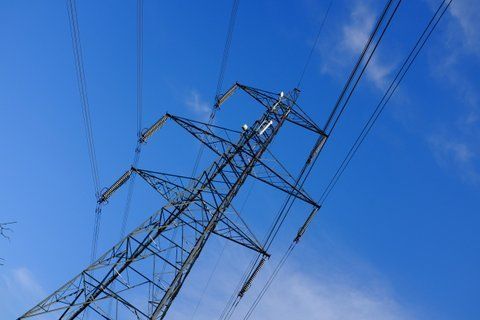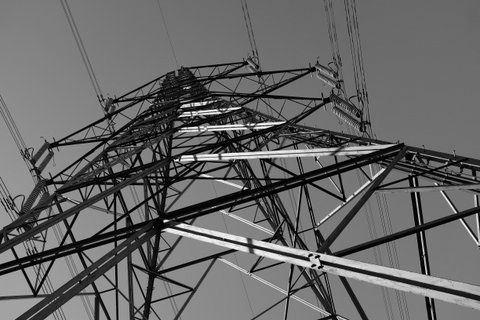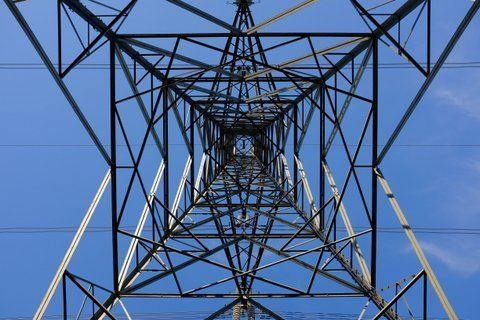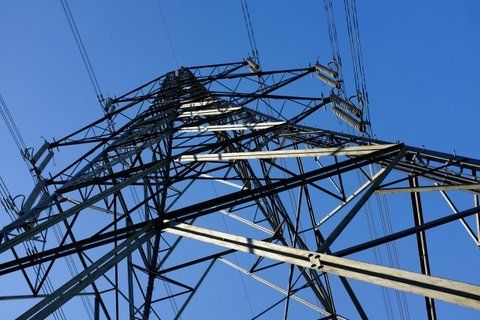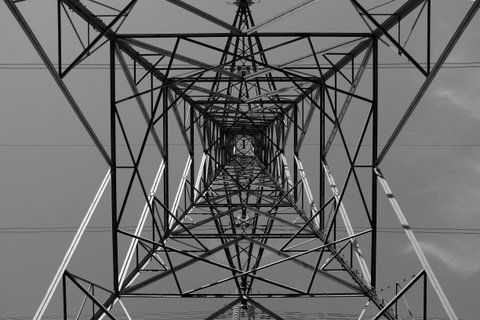The UN IPCC paper on geothermal energy
Geothermal energy has the potential to provide long-term, secure base-load energy and greenhouse gas (GHG) emissions reductions.
Accessible geothermal energy from the Earth’s interior supplies heat for direct use and to generate electric energy. The widespread deployment of geothermal energy could play a meaningful role in mitigating climate change.
Overall, geothermal technologies are environmentally advantageous because there is no combustion process emitting carbon dioxide (CO2), with the only direct emissions coming from the underground fluids in the reservoir.
Geothermal is almost eternal "Hydrothermal, convective systems are typically found in areas of mag-matic intrusions, where temperatures above 1,000°C can occur at less than 10 km depth. Magma typically emits mineralized liquids and gases, which then mix with deeply circulating groundwater. Such systems can last hundreds of thousands of years, and the gradually cooling magmatic heat sources can be replenished periodically with fresh intrusions from a deeper magma chamber. Heat energy is also transferred by conduction, but convection is the most important process in magmatic systems." (IPCC paper page 406)
